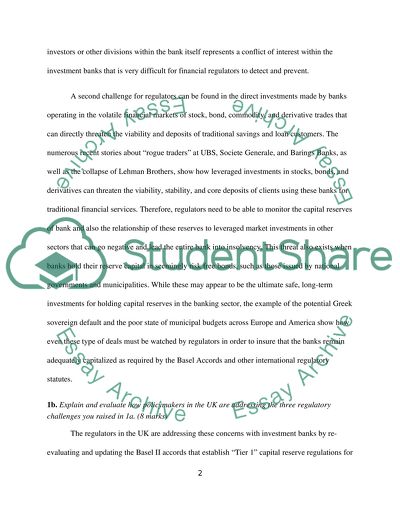Cite this document
(“Investment and marketing: answering the questions Essay”, n.d.)
Retrieved de https://studentshare.org/finance-accounting/1391573-investment
Retrieved de https://studentshare.org/finance-accounting/1391573-investment
(Investment and Marketing: Answering the Questions Essay)
https://studentshare.org/finance-accounting/1391573-investment.
https://studentshare.org/finance-accounting/1391573-investment.
“Investment and Marketing: Answering the Questions Essay”, n.d. https://studentshare.org/finance-accounting/1391573-investment.


